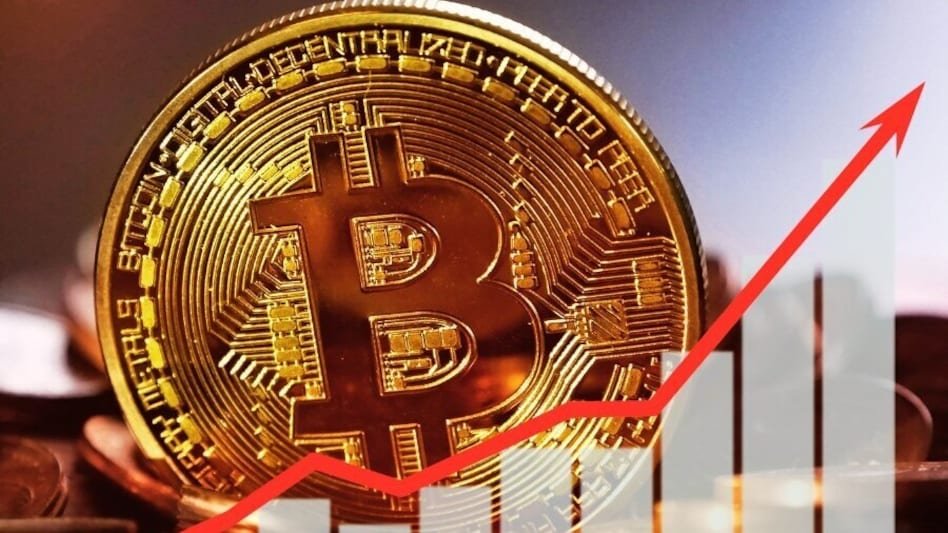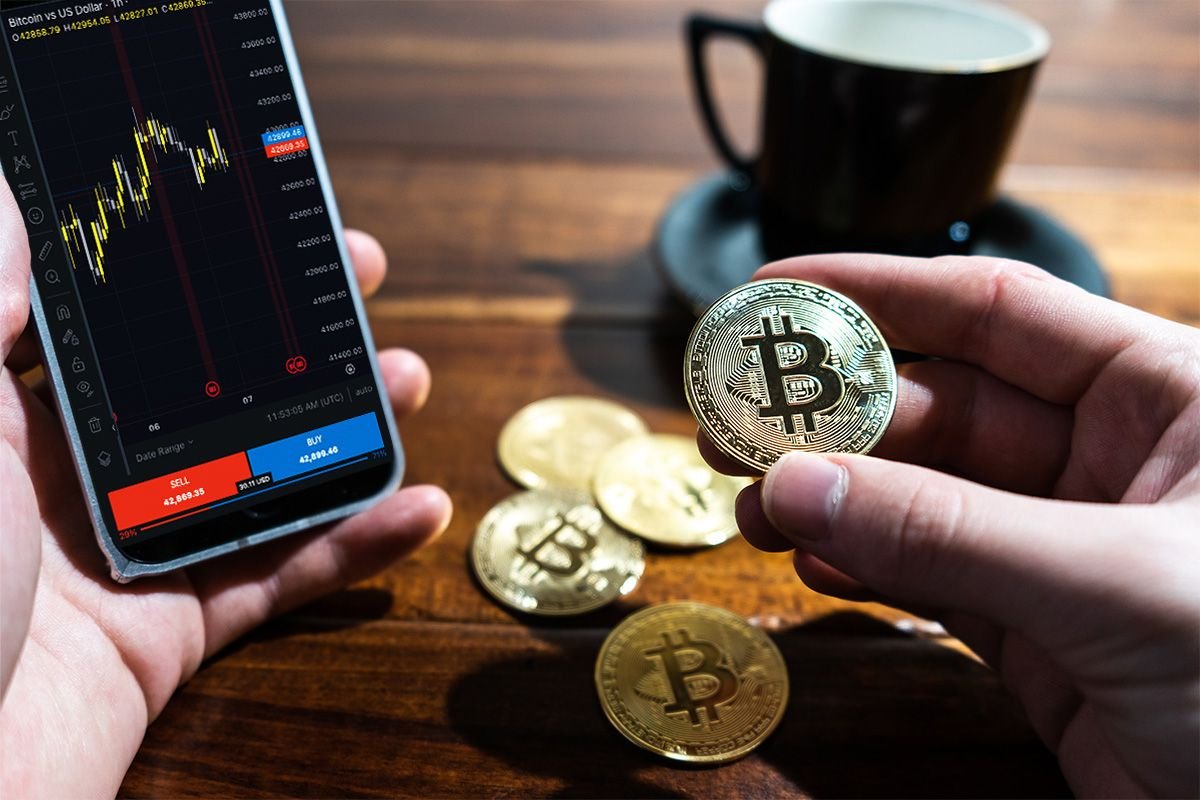How to Profit on Binance: Understanding Margin Trading and Staking
Introduction to Binance and Profit Opportunities
nBinance is recognized as one of the leading cryptocurrency exchanges globally, providing a diverse platform for trading a myriad of digital assets. Founded in 2017, Binance has quickly gained prominence due to its user-friendly interface, extensive range of cryptocurrencies, and innovative features tailored for traders of all experience levels. As the cryptocurrency market continues to expand, Binance offers ample opportunities for users to profit on the platform, whether through direct trading, margin trading, or staking crypto.nnOne of the key highlights of Binance is the vast selection of cryptocurrencies available for trading. With hundreds of options, users can access well-known currencies like Bitcoin and Ethereum, along with numerous altcoins that may present unique profit opportunities. Moreover, the platform frequently offers new coin listings and trading pairs, further enhancing potential trading strategies.nnTo maximize profit on Binance, it is crucial for users to understand various trading strategies and their associated risks. Margin trading, for instance, allows users to borrow funds to increase their position size, thereby amplifying potential gains. However, it also introduces higher risks, as losses can be magnified. Therefore, having a clear understanding of margin trading on Binance is essential for those looking to utilize this feature effectively.nnIn addition to margin trading, staking crypto provides an alternative profit approach that involves locking up assets to support the blockchain network, often resulting in periodic rewards. This method offers a less risky avenue for earning yields while holding digital assets. By exploring both margin trading and staking, users can develop a comprehensive strategy to enhance their profit potential on Binance.n
Margin Trading on Binance: A Comprehensive Guide
n nnMargin trading is a popular strategy among cryptocurrency traders, particularly on platforms such as Binance, as it allows traders to leverage their positions for greater potential profits. Essentially, margin trading involves borrowing funds to increase the size of a trading position, thereby enabling traders to profit from price movements that would otherwise require a larger investment. In order to understand margin trading on Binance, it is important to grasp several key concepts, including leverage, margin calls, and the fundamental differences between spot trading and margin trading.nnLeverage is a key feature of margin trading, allowing traders to control larger positions with a relatively small amount of capital. On Binance, users can access various leverage levels, often up to 125x, which means that a trader can potentially earn significantly higher profits, but it is equally important to note that losses can also be amplified at such high leverage. A margin call can occur when the value of a trader’s collateral falls below a certain threshold, requiring additional funds to maintain the position. This risk underscores the need for sound risk management practices.nnTo initiate a margin trade on Binance, users must first create a margin account and deposit collateral. The process typically involves selecting a trading pair, determining the amount of leverage, and executing the trade. It is crucial to understand the risks associated with high-leverage trading, making it advisable for traders to start with lower leverage levels and gradually increase exposure as they gain confidence. Best practices include setting stop-loss orders and regularly monitoring trades. While margin trading can yield substantial profits, understanding these fundamental concepts and managing risks will ultimately determine a trader’s success on Binance.nnIn conclusion, margin trading on Binance serves as a viable method for traders to enhance their potential profits by leveraging their investments. However, it also requires a careful approach to risk management to navigate the inherent challenges effectively.n
nnMargin trading is a popular strategy among cryptocurrency traders, particularly on platforms such as Binance, as it allows traders to leverage their positions for greater potential profits. Essentially, margin trading involves borrowing funds to increase the size of a trading position, thereby enabling traders to profit from price movements that would otherwise require a larger investment. In order to understand margin trading on Binance, it is important to grasp several key concepts, including leverage, margin calls, and the fundamental differences between spot trading and margin trading.nnLeverage is a key feature of margin trading, allowing traders to control larger positions with a relatively small amount of capital. On Binance, users can access various leverage levels, often up to 125x, which means that a trader can potentially earn significantly higher profits, but it is equally important to note that losses can also be amplified at such high leverage. A margin call can occur when the value of a trader’s collateral falls below a certain threshold, requiring additional funds to maintain the position. This risk underscores the need for sound risk management practices.nnTo initiate a margin trade on Binance, users must first create a margin account and deposit collateral. The process typically involves selecting a trading pair, determining the amount of leverage, and executing the trade. It is crucial to understand the risks associated with high-leverage trading, making it advisable for traders to start with lower leverage levels and gradually increase exposure as they gain confidence. Best practices include setting stop-loss orders and regularly monitoring trades. While margin trading can yield substantial profits, understanding these fundamental concepts and managing risks will ultimately determine a trader’s success on Binance.nnIn conclusion, margin trading on Binance serves as a viable method for traders to enhance their potential profits by leveraging their investments. However, it also requires a careful approach to risk management to navigate the inherent challenges effectively.n
Staking on Binance: Earning Passive Income
n nnStaking is an increasingly popular method for investors to earn passive income on platforms like Binance. At its core, staking involves participating in a network’s proof-of-stake consensus mechanism, allowing users to lock up a certain amount of cryptocurrency in order to support the operations of that blockchain network. In return for this commitment, stakeholders earn rewards, typically in the form of additional cryptocurrency, making staking an attractive option for many investors looking to profit on Binance.nnBinance offers a diverse range of cryptocurrencies eligible for staking, each with unique reward structures and conditions. Prominent examples include Ethereum 2.0, Cardano, and Tezos. This variety allows users to choose from multiple assets based on their investment strategy and risk tolerance. To get started with staking on Binance, users simply need to navigate to the staking section on the platform, select their desired cryptocurrency, and follow the straightforward instructions to initiate the staking process.nnThe benefits of staking are multifaceted. Firstly, it can offer users a steady stream of rewards, often yielding higher returns than traditional savings accounts. Additionally, staking can enhance community engagement within the respective blockchain ecosystem, creating a sense of belonging and participation among stakeholders. However, it is essential to understand the risks involved. Various factors, such as lock-up periods and the volatility of token values, can impact overall returns. During market downturns, the value of staked tokens may decline, which could offset the rewards earned through staking.nnTherefore, while staking on Binance presents significant opportunities for passive income generation, it is crucial for investors to conduct thorough research and assess their investment goals. By being well-informed about the ins and outs of staking crypto, users can better navigate this method, leveraging it effectively to maximize their profitability on the Binance platform.
nnStaking is an increasingly popular method for investors to earn passive income on platforms like Binance. At its core, staking involves participating in a network’s proof-of-stake consensus mechanism, allowing users to lock up a certain amount of cryptocurrency in order to support the operations of that blockchain network. In return for this commitment, stakeholders earn rewards, typically in the form of additional cryptocurrency, making staking an attractive option for many investors looking to profit on Binance.nnBinance offers a diverse range of cryptocurrencies eligible for staking, each with unique reward structures and conditions. Prominent examples include Ethereum 2.0, Cardano, and Tezos. This variety allows users to choose from multiple assets based on their investment strategy and risk tolerance. To get started with staking on Binance, users simply need to navigate to the staking section on the platform, select their desired cryptocurrency, and follow the straightforward instructions to initiate the staking process.nnThe benefits of staking are multifaceted. Firstly, it can offer users a steady stream of rewards, often yielding higher returns than traditional savings accounts. Additionally, staking can enhance community engagement within the respective blockchain ecosystem, creating a sense of belonging and participation among stakeholders. However, it is essential to understand the risks involved. Various factors, such as lock-up periods and the volatility of token values, can impact overall returns. During market downturns, the value of staked tokens may decline, which could offset the rewards earned through staking.nnTherefore, while staking on Binance presents significant opportunities for passive income generation, it is crucial for investors to conduct thorough research and assess their investment goals. By being well-informed about the ins and outs of staking crypto, users can better navigate this method, leveraging it effectively to maximize their profitability on the Binance platform.







